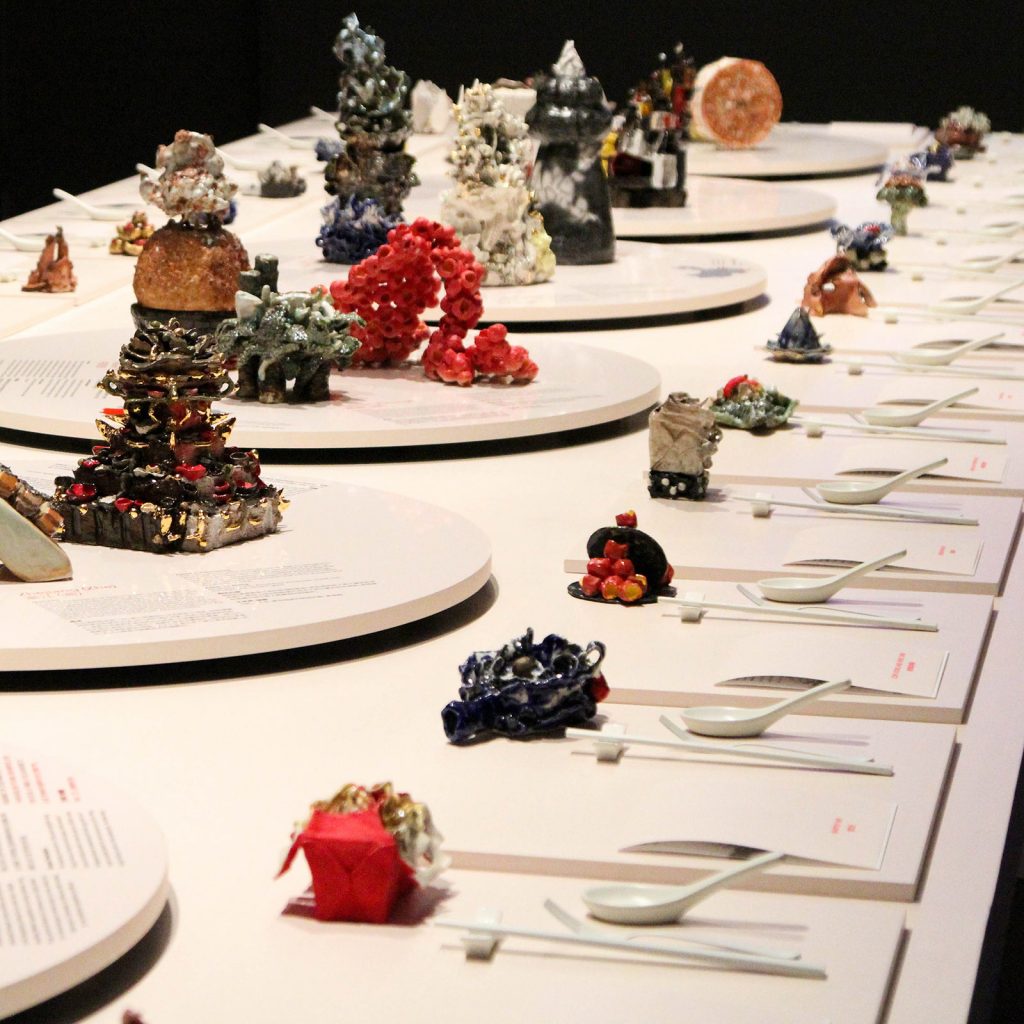The Cleaver Quarterly
A new print magazine showcases real Chinese food in an entirely new (and global) light

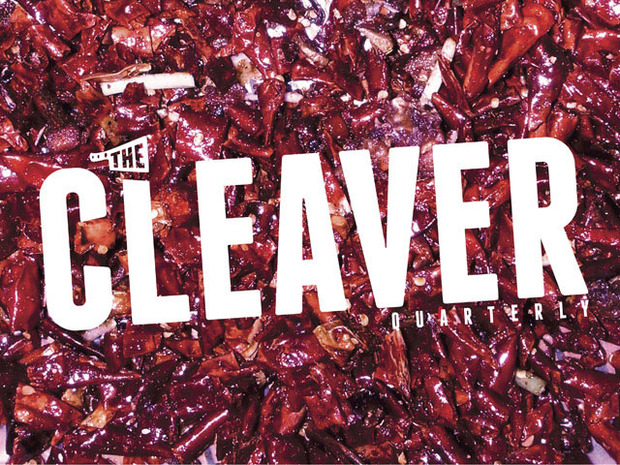
If your Chinese food vocabulary consists of “General Tso’s” and “orange chicken,” then it’s time to open your eyes to see what the world’s most populous country really has to offer. Lilly Chow, Jonathan White and Iain Shaw—three friends who met six years ago in Beijing while working on a city magazine—decided to create a new print publication, The Cleaver Quarterly, to showcase “Chinese food as a global phenomenon,” from an insider perspective.
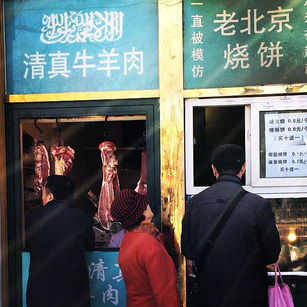
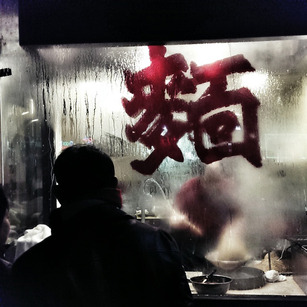
Anybody who stays a bit longer and digs a bit deeper soon becomes overwhelmed by the sheer diversity of what Chinese people eat.
We asked the team what misconceptions foreigners have about Chinese food in China. “I suppose some tourists may actually be a little disappointed that nobody tried to feed them exotic or verboten meats; the rest may merely be disoriented that all dishes are not deep-fried and saucy like the takeout they get back home,” Shaw tells CH. “Anybody who stays a bit longer and digs a bit deeper soon becomes overwhelmed by the sheer diversity of what Chinese people eat. For example, they may have anticipated new flavors and unfamiliar spices, but few are prepared for the spectrum of textures that Chinese diners enjoy. Slippery gruel, gelatinous sea creatures, heavy pastries—this also includes the unseemly gusto with which bones are gnawed and dismantled by teeth and tongue. And longterm expats are nonplussed by the fact some Chinese food is just plain bad. No foreigner really knows what to make of these plastic-wrapped sausages that security guards like to snack on. Maybe the biggest misconception is that [they think] nobody actually eats these pink sticks of processed meat. But people do.”
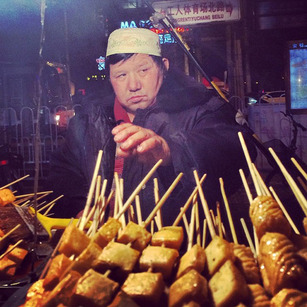

The first issue looks promising, as the team has chosen interesting topics that fly under the radar and trigger discussions about food in this globalized era. These include a profile of David R. Chan, a man who has eaten at more than 6,515 Chinese restaurants (and counting), comparing recipes for kung pao chicken in Chinese and English, an article on Sichuan mulled beer and another on how tea is harvested and hand-picked at the Longjing plantation—one of the most sought after green teas in China.
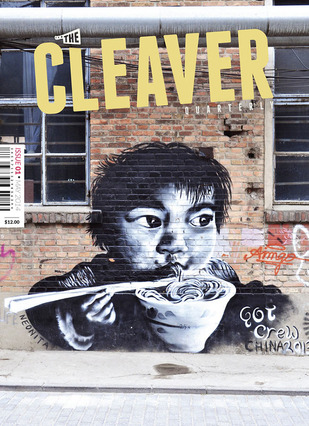
While noting that Chan has been interviewed many times, Shaw points out that often the story doesn’t go much further than, “This guy ate at over 6,000 restaurants.” Thanks to The Cleaver Quarterly’s unique perspective, they were able to dig deep into his background, his motivation, experiences and opinions. “It was fascinating to see his almost ethnographic approach to these restaurants, seeing them as markers of Chinese-American settlement patterns,” he says. “There are other people who eat as avidly and widely as this guy, but not everybody can talk about food in a larger context.”
Shaw assures us that it’s not only the US or other countries that makes drastic changes to authentic dishes: “Most Chinese regional cuisines can be found in Beijing, but much of it is diluted in some way, distorted to fit what Beijingers find acceptable,” says Shaw. “Here in Beijing, some of what passes for Sichuan, Yunnan or Shanxi cooking is a joke. You have to go to the individual provinces to find out what these cuisines are really about.”
The first issue of “The Cleaver Quarterly” will be published in early May 2014; visit their Kickstarter campaign which launches today, 4 April, to secure a copy for £6. (As an added bonus, it’s going to be free of advertising.)
Lead image courtesy of Nick Otto, all others courtesy of The Cleaver Quarterly
